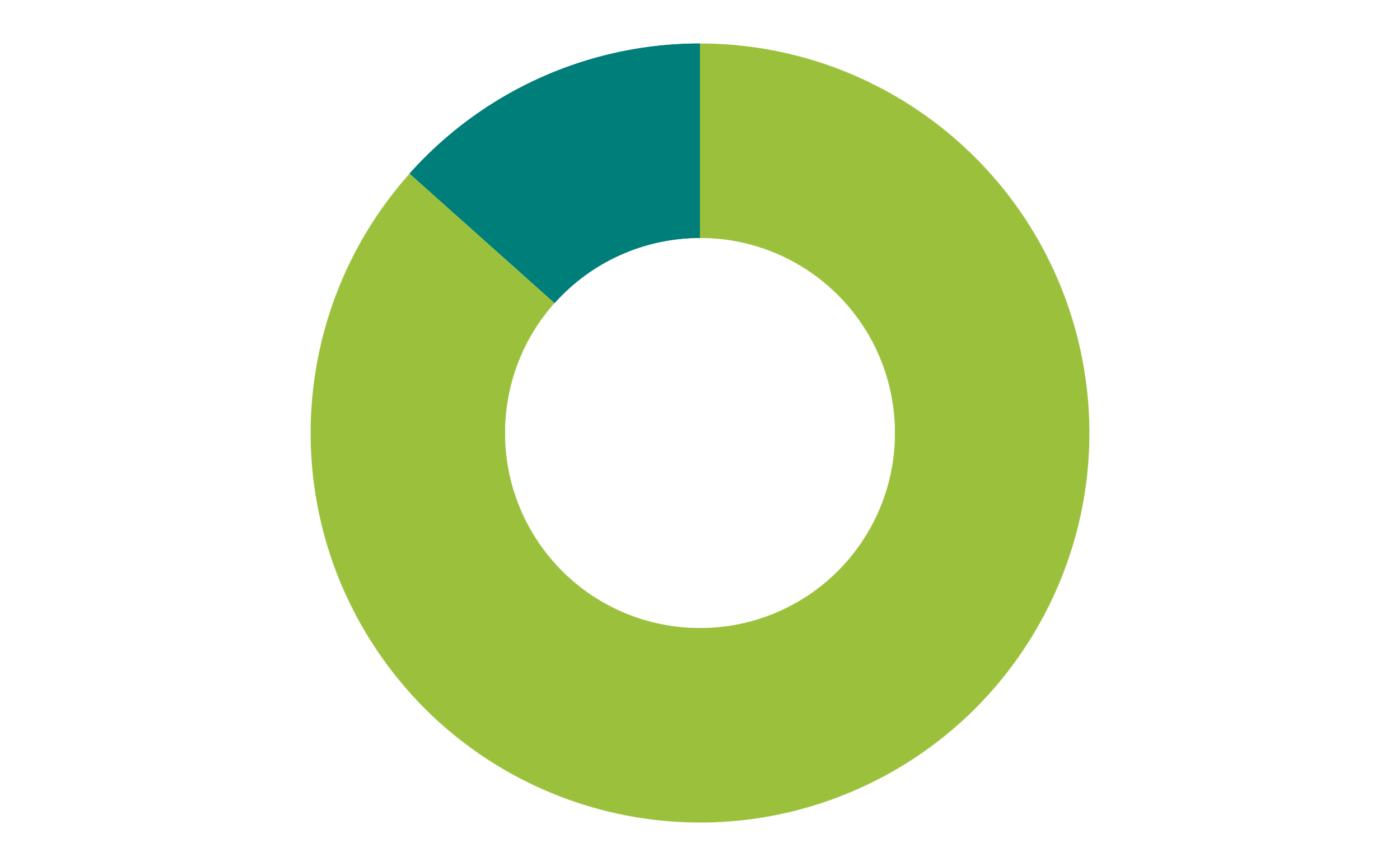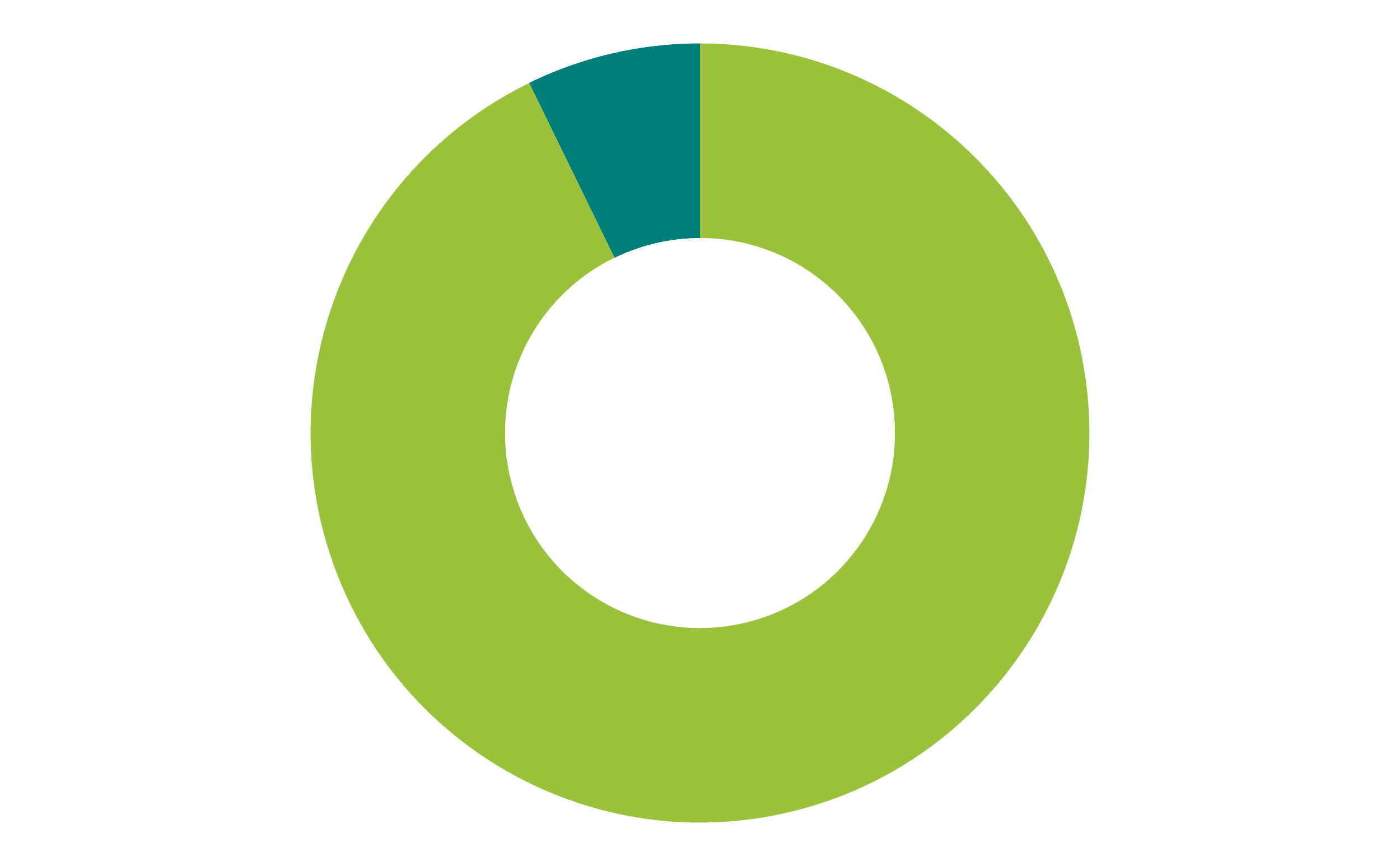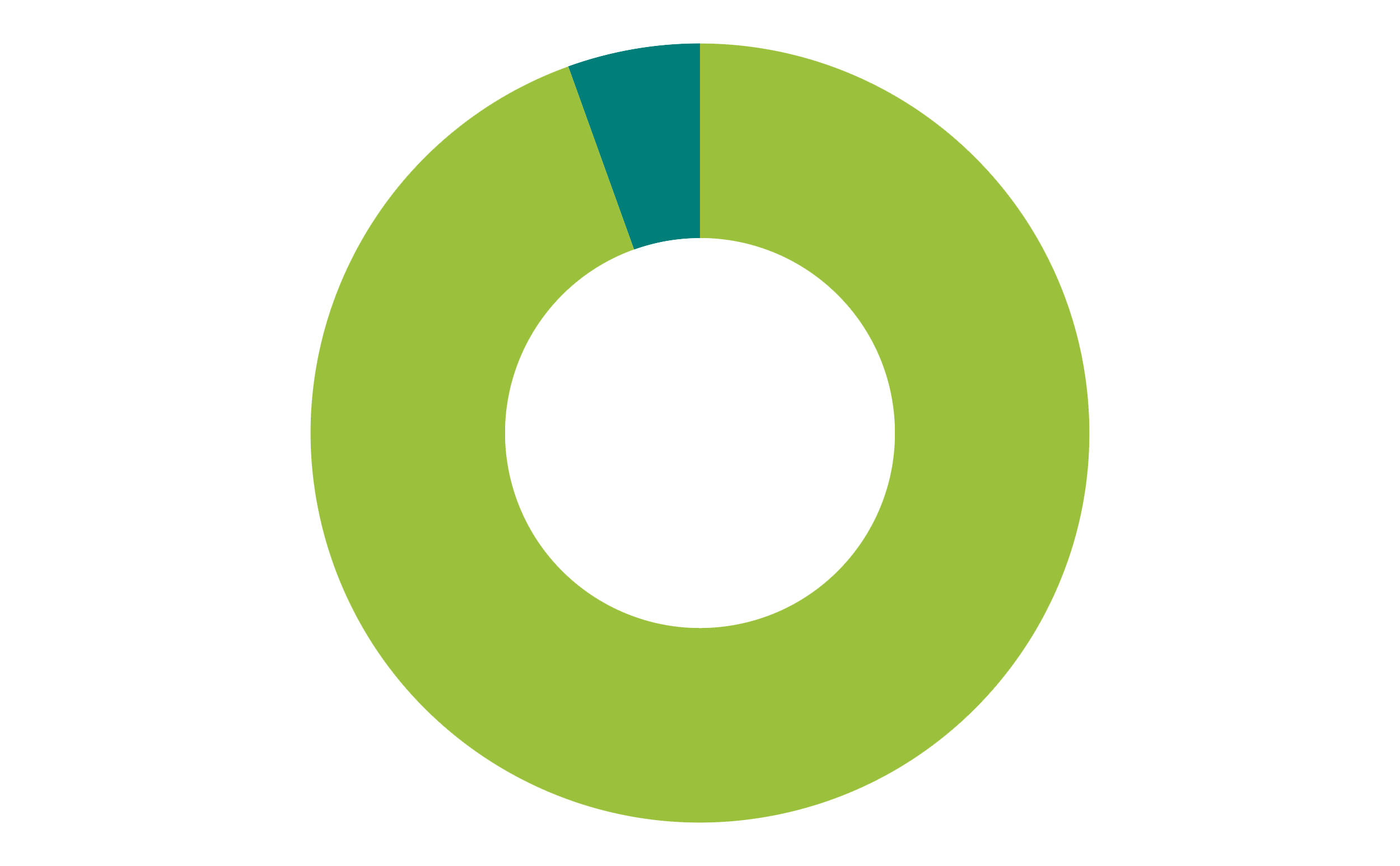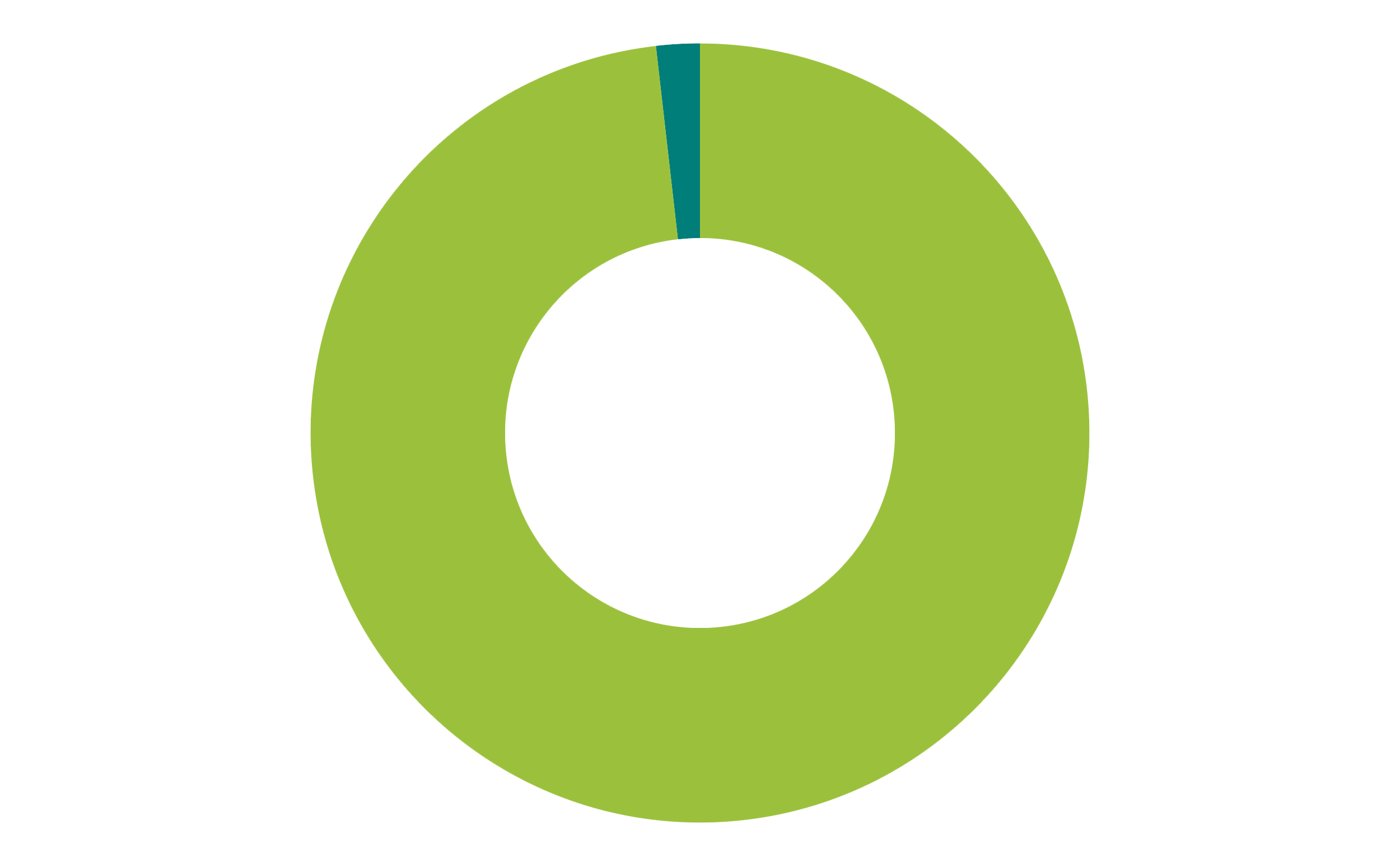Summary of 2024
Findings
Evidence from the HIC database shows that abusive caregivers are able to use homeschooling to conceal and escalate their abuse. We have found that homeschool oversight policies are rarely effective at identifying that abuse is taking place – much less at stopping it.
While many families homeschool responsibly, abuse and neglect do occur in homeschooling environments. Since 2013, the Coalition for Responsible Home Education has maintained Homeschooling’s Invisible Children (HIC): a database of severe, often fatal incidents of child abuse and neglect that occur in homeschool settings. The data we have collected illuminate how abusive caregivers are able to use homeschooling to conceal and escalate their abuse. We have found, furthermore, that homeschool oversight policies are rarely effective at identifying that abuse is taking place – much less at stopping it.
To date, credible research on homeschool and abuse has been minimal. Recent academic work has focused on comparative questions: namely, investigating whether homeschooled children experience more or less abuse than children in school. Although this is a valid research question (though a limited one), we need to understand what happens when abuse does occur in homeschooling environments. This is because there is a growing body of evidence demonstrating certain risks and patterns of abuse associated with abusive homeschooling environments.
A 2014 study of child torture victims found that nearly half of victims were homeschooled as means of evading suspicions of abuse. In a typical case, victims were originally enrolled in school, but abusive caregivers withdrew them to homeschool after the closure of a social services investigation. Research and investigative reporting from Connecticut, Iowa, Kentucky, Indiana, and Illinois all point to withdrawal from school as an indicator of abuse and neglect under certain circumstances. Across this body of work, a pattern emerges of at-risk families choosing to homeschool not for legitimate educational reasons, but in response to concerns raised over academic failure, chronic absenteeism, truancy, and/or signs of abuse.
In spite of this trend, all 50 states allow families that were recently subject of a social services investigation to withdraw their children from school. Furthermore, homeschool oversight on the whole remains sparse when it comes to protecting at risk children. 47 states do not prevent caregivers convicted of crimes against children from homeschooling. 18 states only require parents to notify their school districts that they are homeschooling without imposing any accountability to ensure children are educated or alive. In 11 states, parents do not have to make any notification, effectively nullifying compulsory education law by creating “truancy loopholes.” Only one state enforces the requirement that all homeschooled children be consistently assessed for academic progress, and no state requires all homeschooled children to come into contact with a mandated reporter. The current landscape of homeschool policy enables abusive caregivers to use homeschool as a guise for isolating and abusing their victims with little recourse.
These policy gaps have devastating, and sometimes fatal, consequences for homeschooled children. Among nearly 500 cases of abuse in our database, we have identified nearly 200 fatalities of homeschooled children since 2000. For the majority of deaths, it was later uncovered that the victim had been suffering ongoing maltreatment for months or years. In this report, we seek to understand these outcomes by drawing on data from our HIC database. After providing a short overview of cases, we examine three key dimensions of abuse and homeschooling: 1) red flags surrounding homeschooling, 2) patterns in abuse, and 3) outcomes for victims and how abuse comes to light.
Cases at a glance
We have identified and examined close to 500 cases of publicly documented abuse and neglect in homeschool environments. The database contains cases from nearly the entirety of the United States, encompassing 47 states and the District of Columbia.
475 cases
423 cases occurred during or after the year 2000.
Cases identified in 47 US states & DC
We have not currently identified a relationship between a state’s homeschool oversight and number of cases.
211 fatalities
191 fatalities occurred during or after the year 2000.
About equal gender distribution among fatality victims.
Boys accounted for 112 deaths (53.1%), and girls 99 (46.9%).
Tragically, across these incidents, we have counted over 200 fatalities of homeschooled children, overwhelmingly at the hands of their caregivers. Because our database is limited to publicly accessible sources, and school status is not always mentioned in reporting, the database is not comprehensive and very likely undercounts the deaths of homeschooled children.
We consider any adult that participated in abuse, or knowingly allowed abuse to persist, as a perpetrator. In the vast majority of cases, at least one perpetrator was a caregiver. Cases that did not include caregivers all involved abuse that was closely linked to the homeschool environment, whether at the hands of an adult living in the household, a homeschool teacher (who oftentimes resided in the home), or in the context of a cult or high control group living in a compound.

86.6% of all cases.

92.8% of all cases.

94.5% of fatality cases.

98.2% of fatality cases.
| Perpetrator category | Cases | Percentage |
|---|---|---|
| Two parents | 221 | 46.53% |
| Mother alone | 67 | 14.11% |
| Father alone | 35 | 7.37% |
| One parent and partner | 25 | 5.26% |
| Two parents and at least one adult | 23 | 4.84% |
| Cult, high control group, or polygamy | 20 | 4.21% |
| Two foster parents, guardians, or caregivers | 19 | 4.00% |
| Other | 18 | 3.79% |
| One parent and at least one adult | 16 | 3.37% |
| Homeschool teacher | 13 | 2.74% |
| One foster parent, guardian, or caregiver | 8 | 1.68% |
| One parent, partner, and at least one adult | 5 | 1.05% |
| Two foster parents, guardians, or caregivers and at least one adult | 3 | 0.63% |
| One foster parent, guardian, or caregiver and at least one adult | 2 | 0.42% |
| Total | 475 | 100% |
The vast majority of cases were known to involve abuse that extended beyond the incident. 90% of all cases (n=428) were known to involve abuse and neglect that predated the incident that brought abuse to light, while 80% (n=133) similarly involved extended abuse and neglect. Both these figures are likely undercounts because, especially in fatality cases, reporting tends to focus on the inciting incident.
| Category | Percentage of cases |
|---|---|
| Food Deprivation | 49.47% |
| Imprisonment | 43.58% |
| Medical Neglect | 28.00% |
| Physical Abuse | 62.11% |
| Sexual Abuse | 24.42% |
The remaining 10% includes family annihilation incidents, some abductions, and cases for which we, due to lack of evidence, cannot presently confirm extended abuse took place, but we have good reason to expect it did. We include abduction cases because the abduction of a child is inherently destabilizing, and, when homeschool law does not require enrollment or when enrollment provisions are not enforced, abductors can legally homeschool their victims without notifying state bodies of the child’s identity. Across family annihilation incidents, even when evidence of prior abuse is not available, familial isolation and parental mental health crises are a prominent theme. Isolation, as we will discuss in Section 2, is a risk factor of abuse to which homeschooled children can be especially vulnerable.
However, the typical profile of an HIC case is a homeschooled child suffering chronic abuse and neglect, and a majority (62%) of cases involve prolonged, intentional forms of abuse like food deprivation and imprisonment.
Key findings
Background
Homeschooling itself is not known to be a risk factor for abuse. However, in certain contexts involving at-risk children, the choice to homeschool may be a red flag indicating abuse and neglect. Growing evidence from various US states points to a relationship between withdrawal from school to homeschool and “non-purposeful homeschooling.” Non-purposeful homeschooling refers to parents choosing to homeschool not for educational reasons, but in a reactive way, such as in response to truancy, academic failure, or suspicions of abuse and neglect.
Our data provide a national picture of how withdrawal from school to homeschool can be a red flag for abuse and neglect. 37% of all cases in the HIC database — and 46% of fatality cases — involve known withdrawal from school, and these cases represent 44 US states and the District of Columbia. From an analysis of these cases, we have found that withdrawal from school is associated with both higher risk factors for abuse and worse outcomes: withdrawal cases involve higher social service history, higher rates of systematic abuse, and higher fatality rates relative to other cases in the database.
Key Finding
Withdrawal from school to homeschool under suspicious circumstances is a red flag for abuse.
We have identified almost 60 cases (n=59) in which families withdrew their children from school soon after a social services investigation closed, or in direct response to school officials making a report to social services. Since 2000, at least 31 homeschooled children have died from abuse after being withdrawn from school under these suspicious circumstances.
HIC cases that involve withdrawal from school to homeschool are associated with higher rates of most kinds of abuse. 72% of withdrawal cases involve forms of abuse consistent with torture, versus 62% of total HIC cases.
Key Finding
Perpetrators with prior convictions of crimes against children have been permitted to homeschool – with devastating outcomes for homeschooled children.
We identified a number of cases in which caregivers who had been convicted of crimes against children were permitted to homeschool. This occurred in states with a range of homeschool oversight policies, from Idaho to California to Oregon. In California in 2019, Trinity Love Jones lost her life to systematic abuse at the hands of her her mother and her mother’s boyfriend. Both perpetrators had been convicted of violent crimes against minors; her mother was on the sex offender registry for enticing prostitution from a minor, while her stepfather had been convicted of felony child abuse and torture. They were permitted to withdraw her from school to homeschool her about a year prior to her death.
Background
Our data show that abusive caregivers use the cover of homeschooling to inflict systematic abuse on victims. We have identified at least 148 cases that we consider to involve systematic abuse, on the basis that they feature, at the very least, a combination of two deliberate forms of abuse: imprisonment and food deprivation. In our whole dataset, a majority (62%, n=294) of cases involve either food deprivation or imprisonment, and when cases involve one form of abuse, about half of the time they involve the other. Imprisonment and food deprivation can be treated as indices for not only isolation of victims over an extended period of time, but also for abuse that is intentionally cruel. The National Center for Child Abuse Statistics and Policy defines torture as protracted abuse that involves at least “two cruel or inhumane acts,” and imprisonment and food deprivation are counted among such acts. The database contains nearly 150 cases (n=148) that involve both imprisonment and food deprivation.
All these cases involve caregivers isolating victims from the outside world, generally preventing them from leaving the home.
Key Finding
At least 148 cases involve extreme abuse that likely meets most definitions of torture.
Background
The presence of vigilant adults is crucial to identifying and stopping child abuse. From national data on social service referrals, we learn that professionals trained to notice child abuse – whether they work in education, law enforcement, child welfare, or medical or mental health – make up the majority of referrals. Abusive caregivers who homeschool intentionally limit their children’s access to mandated reporters by withdrawing them from school, refusing to take them to the doctor, or not letting them leave the house. Since no state currently requires that all homeschooled children come into contact with a mandated reporter, it follows that the abuse of homeschooled children is less likely to be uncovered and stopped by these established channels.
We analyzed how abuse is ultimately discovered and stopped across HIC cases, and found the following:
Key Finding
Fewer than one-third of cases (31%) come to light from abuse being reported, or by direct intervention from authorities.
Key Finding
When abuse is successfully reported, it is most often not reported by a professional.
When reports were made (n=128 cases), 82% (n=105) came from non-professionals, while only 18% came from professionals (n=23).
Key Finding
61% of cases come to light too late, when the victim is dead or dying, or due to circumstances irrelevant to the victim, such as parental involvement with the law for unrelated reasons.
These cases involve a victim running away or being abandoned (n=70), abuse being reported after the fact (or child abuse not being reported directly), abuse coming to light under circumstances irrelevant to the victim, or when the victim is dead or dying.

